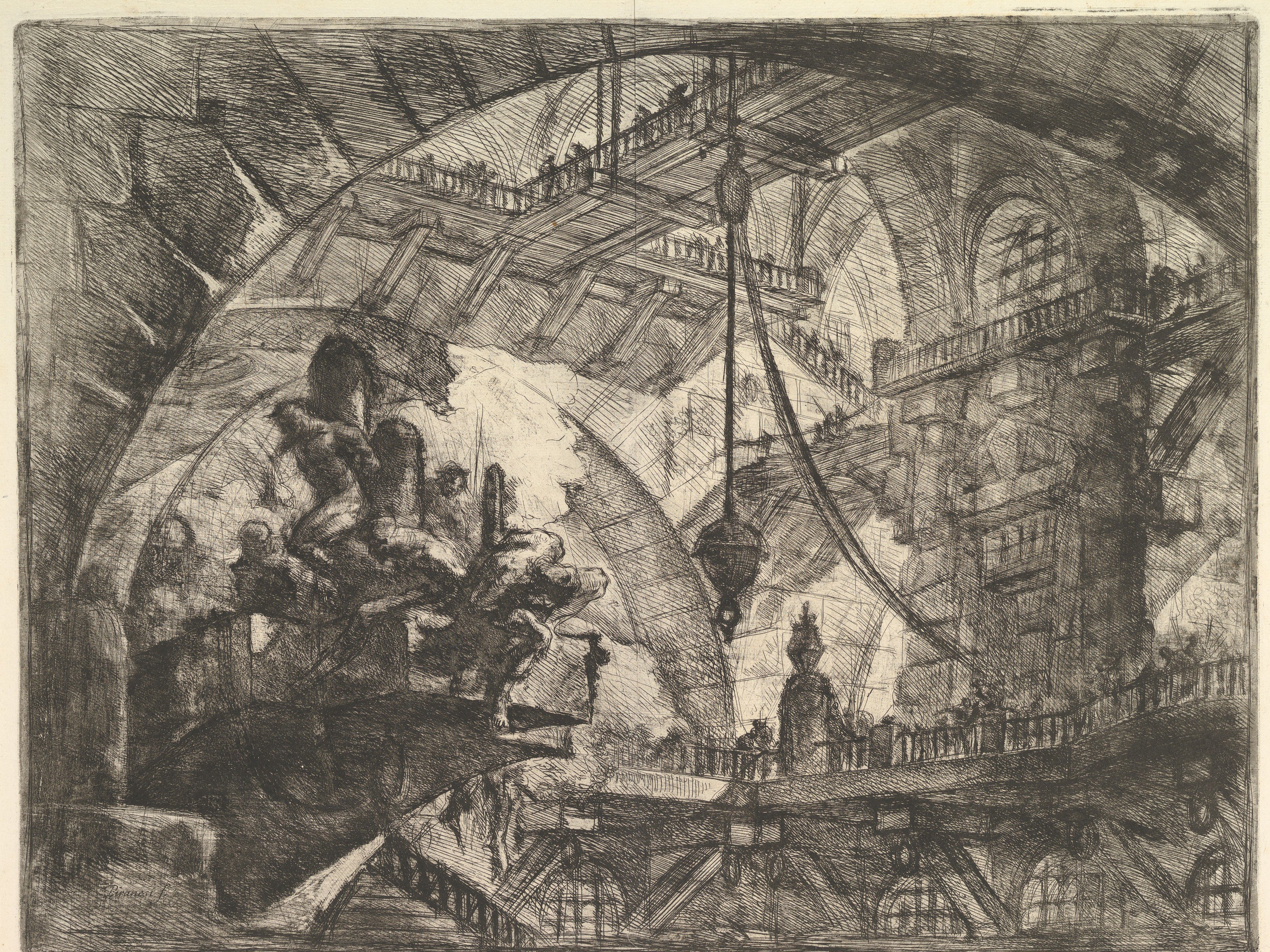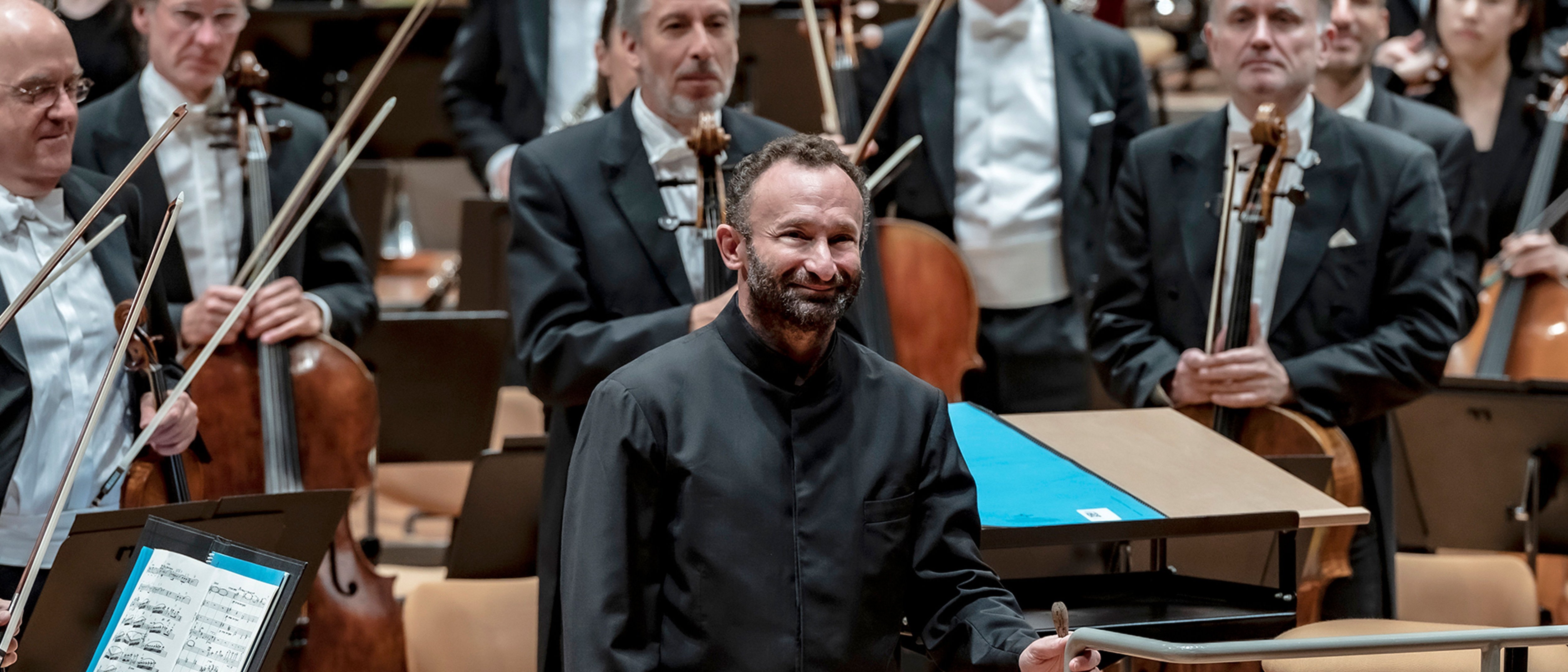- Introduction

Luigi Dallapiccola’s expressive short opera The Prisoner deals with existential concepts such as hope and freedom – and their misuse during totalitarian regimes. A work introduction.
Luigi Dallapiccola’s decision to devote his life to music and his “first impression of injustice” came during the same phase of his life. The thirteen-year-old wanted to become a musician after he heard Wagner’s Fliegende Holländer at the opera house in Graz. Shortly before, in 1917, the Italian-speaking family had been taken from Istria, at that time part of Austria, to Styria, because such citizens were considered politically unreliable and dangerous at the external borders of the empire. The fact that his father, a respected school director, was degraded like that continued to disturb the young Luigi. After his studies in Florence, when he began to establish himself as a pianist, teacher and composer during the 1930s, contemporary events had a growing influence on his works: first, the rise of fascism in Germany and Italy, then the increasing anti-Semitism. “The third shock, Hitler’s bombing of Warsaw on 1 September 1939, only intensified my struggle with the question of human freedom. I worked on Il prigioniero from 1944 to 1948. Although I also wrote works of a very different character during this period, in my thoughts I lived with prisoners for ten years. I couldn’t think about anything else in these terrible years.”
Between hope and doubt
The subject matter of the opera is based on the story La Torture par l’espérance (Torture by Hope) by Auguste de Villiers de L’Isle-Adam. In this story, set at the time of the Spanish Inquisition, Rabbi Aser Arbarbanel, unjustly accused of usury, is to be forced to convert to Christianity. Even after a year of agonizing torture, the Rabbi will not renounce his faith. Now the stake awaits him – and before that, the last torture referred to in the title. In order to give this fate a more universal dimension, Dallapiccola made the Rabbi in Villiers’s story a nameless, obviously Protestant prisoner, who sympathizes with the Dutch resistance against the foreign rule of the Spaniards and their king Philipp II. During the prologue, the figure of Philipp II appears to the prisoner’s mother in a vision, but is then transformed into death. The jailer raises the prisoner’s hopes – addressing him familiarly as “fratello”, brother – and tells him about the successful uprising of the Dutch freedom fighters. Apparently inadvertently, he leaves the cell door open. The prisoner leaves the cell and makes his way to the courtyard and garden through a long passageway, in which priests almost discover him twice; freedom seems to be within his reach. But at the height of his joy at his supposedly successful escape, hope proves to be the ultimate torture. Someone awaits him there, all appearances of freedom are a sham. “Why do you want to leave us now, on the very eve of your salvation?” the Grand Inquisitor asks, alluding to the stake to which the prisoner will now be led. His last words are a question: “la libertà?” – freedom?
